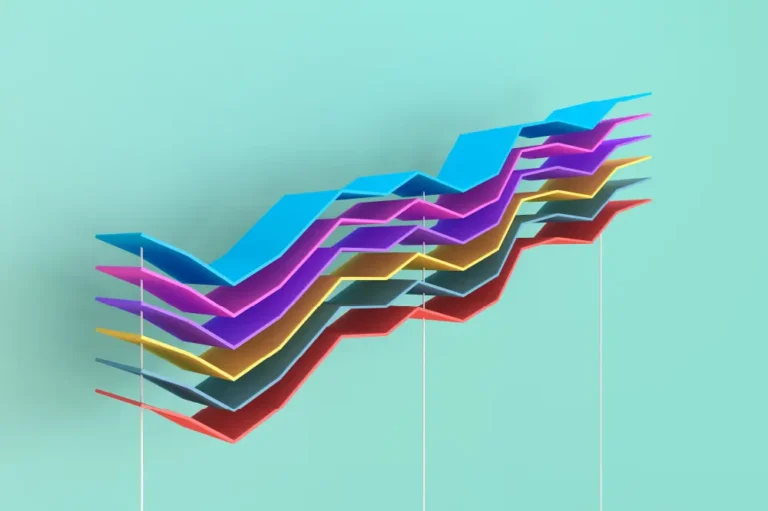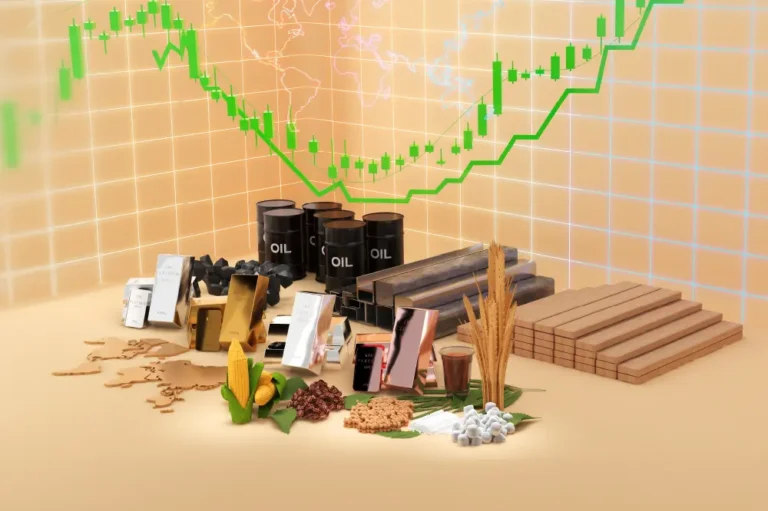The Spotlight Newsletter
The Spotlight provides insights into economic and market events related to thematic investment opportunities.

Is Equal Weighting the Next Growth Strategy?
QQQE
Jan 27, 2023

From Pivot to Divot
Nov 16, 2022

Are You Full?
Oct 24, 2022

The Gift of Time
Sep 22, 2022

Yielding to the Yield Curve
Sep 06, 2022

From “Buy the Dip” to “Wait and See”
Jul 27, 2022

Mean Markets? Commodities May Be a Nice Alternative.
COM
Jun 10, 2022

Come On, Commodities
COM
Apr 22, 2022

Is It Time to Invest in Work From Home Stocks Again? Work From Home ETF (WFH)
WFH
Dec 02, 2021

Ears of Gold and Bars of Corn and the Commodity Strategy ETF
COM
Oct 26, 2021

Work From (Home) Anywhere. There’s No Turning Back.
WFH
Jul 09, 2021

Remote Work Stocks. Anyone? Bueller?
WFH
Feb 18, 2021




